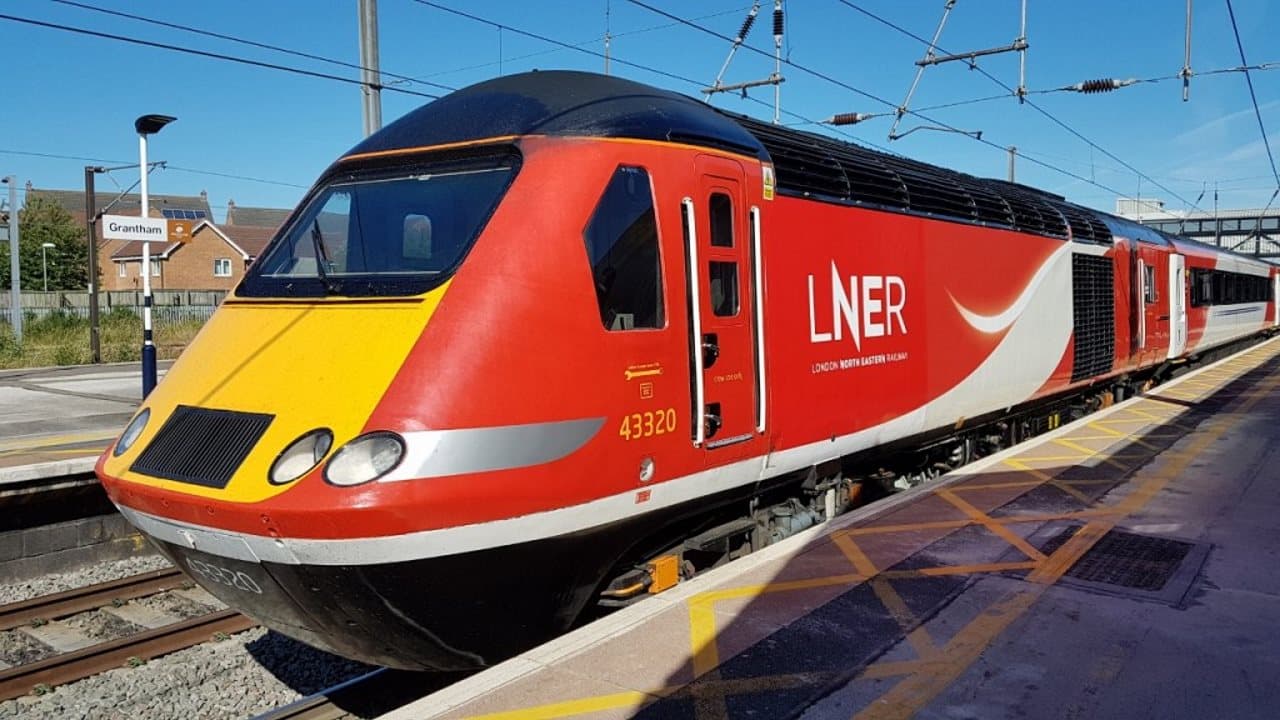The RAIB has released their report into a speeding train back in 2018 at Sandy South Junction.
At around 14:32 hrs on 19 October 2018, a London North Eastern Railway train traversed a section of track at Sandy South Junction, where an emergency speed restriction of 20 mph (32 km/h) was in place, at approximately 121 mph (195 km/h).
The emergency speed restriction had been put in place at around 14:00 hrs the previous afternoon because a crack had been found in a crossing associated with a set of points.
The train driver had become unwell earlier in the journey. On experiencing worsening symptoms, the driver decided to take medication which he kept in his bag.
He was reaching for the medication when the train approached the warning equipment associated with the emergency speed restriction. As a consequence of feeling unwell and reaching for his medication, he was distracted and did not reduce the speed of the train in response to the audible and visual warnings that he received.
The driver was not aware prior to starting his journey that there were any emergency speed restrictions in place on the route, although Network Rail had sent out a notice to all the affected train and freight operating companies.
London North Eastern Railway’s control centre did not pass this message on to its drivers, in line with its then-current procedures. These procedures had been in place since a Rule Book change in June 2008 when the requirement to notify drivers of freight and passenger trains of the presence of emergency speed restrictions was removed.
The RAIB has made five recommendations, the first of which is addressed to train and freight operating companies to minimise the risk of drivers not being aware of speed restrictions in their route before commencing their journeys. The second is addressed to Rail Delivery Group and Network Rail, to look at available technologies to provide drivers with additional warnings of speed restrictions near to the location of the restriction. The next, addressed to Network Rail, is to consider the design of the emergency speed indicator to ensure it is conspicuous for as long as possible in bright sunlight and in shadow. The fourth is to London North Eastern Railway to train its drivers in the safest ways to divide their attention between the line ahead and things which may temporarily require some of their attention if it is not practical to stop the train. The last recommendation is addressed is to RSSB, to review the processes around the removal of existing rules from the Rule Book, and monitoring the consequences of such changes.
Where Next?
News Homepage
For the Latest Railway News
RailAdvent Online Shop
Framed Prints, DVD’s / Blu-Ray’s and more
LocoStop Community
Come and share your railway pictures





Responses
Lucky there was not a accident but you would have thought the train warnings would have alerted the driver to slow down.Whatever you are driving if you are unwell you need to be more alert thats how things happen.
I think the driver was suffering from fatigue which resulted in the train passing at 121mph in a temporary 20mph limit because of a crack on the track on the ECML fast line.